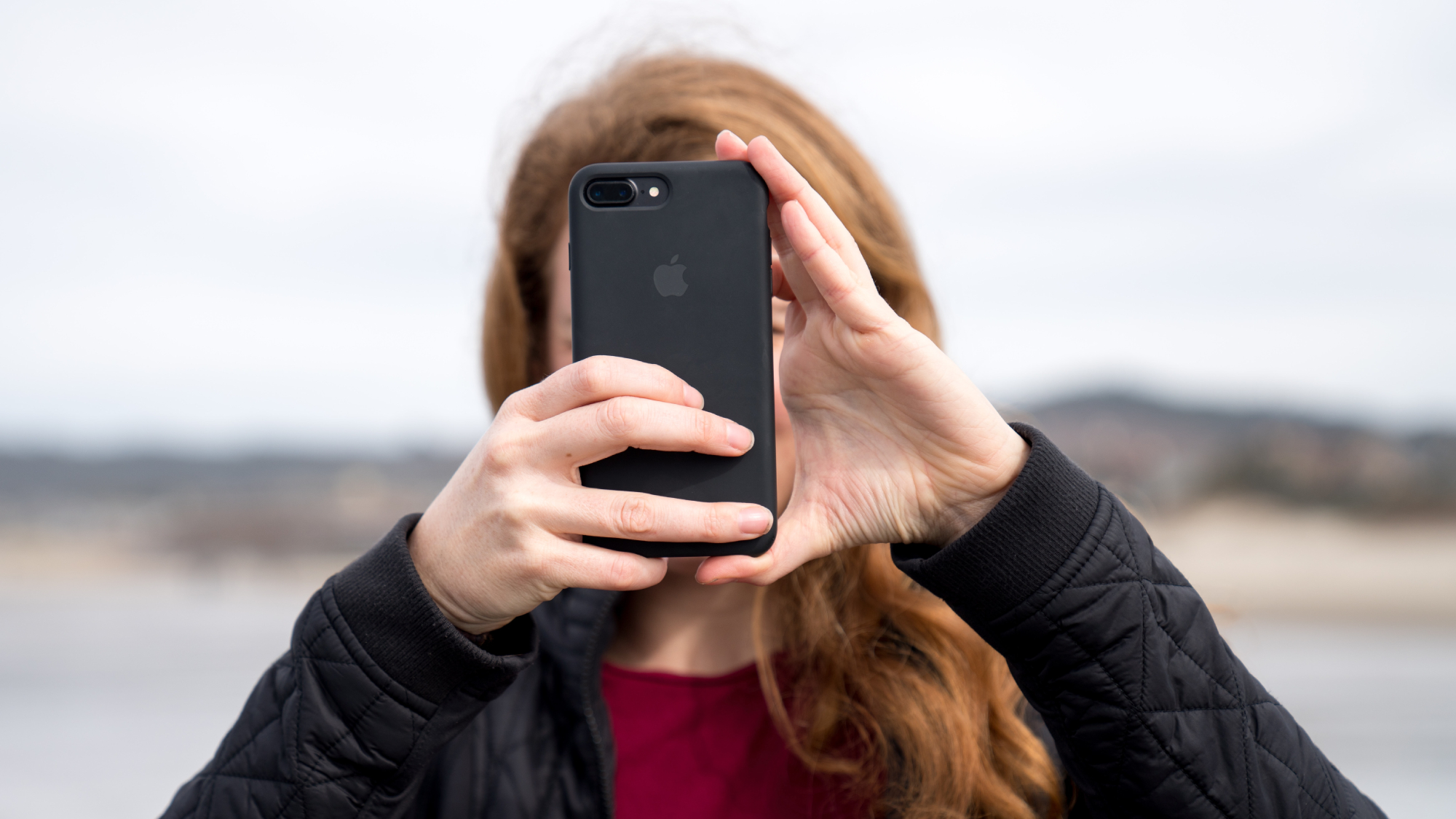

Over the years, Apple has built an extensive roster of tools that can make getting around your iPhone so much easier, and the rather blandly named Back Tap is one that tends to fly under the radar. It may not be flashy, but this accessibility shortcut can give you quick access to a number of features you might find annoying to open up otherwise. All you need to do is tap two or three times on the back of your phone.
That’s right—the back of your phone. If you’re familiar with this shortcut or iOS accessibility settings in general, that’s not exactly news: Back Tap has been available since Apple released iOS 14 in 2020 and works on the iPhone 8 and every later model. But no matter your experience, it’s always good to know what your device’s built-in tools can do, and Back Tap can do a lot.
How to find and use Back Tap
To start, open your iPhone’s Settings app, tap Accessibility, then Touch, scroll down to find Back Tap, and touch it to set up or edit your shortcuts. You only get two: Double Tap and Triple Tap, and you can assign one task to each. Choose from around 30 options by touching each one.
Once you set up some Back Tap actions, you’ll have to get used to tapping on the back of your phone, and doing so can be kind of finicky. If you tap with the wrong rhythm, it may not work—we found the proper pace was similar to double-clicking a mouse or a friendly rap on someone’s door. You also won’t have to hit your phone too hard, even with a case. Fairly light taps with the correct rhythm will work, but if your finger strikes are too strong or, yes, too weak, nothing will happen.
With that in mind, we have a few favorite shortcuts among the many choices.
More accessibility shortcuts
Right at the top of the Back Tap options list is Accessibility Shortcut. Link this to your taps, and you essentially get a whole bunch of shortcuts for the price of one. When you tap the back of your phone, the accessibility shortcut menu will appear at the bottom of the screen, and you can stock this with all the shortcuts your phone has to offer.
To do so, go back to the main Accessibility settings page and scroll down to Accessibility Shortcut (under the General heading). From there, you can tap your chosen shortcuts to add them to your list (a blue check means they’re on there), and touch and drag the three lines next to each one to rearrange the order in which they appear.
Screen rotation
Anyone who prefers to use their phone in portrait mode but likes to watch videos in landscape mode knows the struggle of navigating to the little orange screen rotation lock icon. You can add a shortcut to the Control Center, but it’s not the easiest to get to. With Back Tap, you can quickly lock or unlock your phone’s screen rotation at will.
Camera
There are many ways to access your iPhone camera (swipe left on the lock screen, for example), but it can be kind of hard to get to when you’re inside an app. Link Camera to Back Tap, and you can tap two or three times on the back of your phone to start taking pics.
Text last image
Speaking of photos, the Text Last Image shortcut is a quick way to send the last photo you took to one or more of your contacts. The first time you use it, your phone will ask whether you want to allow the shortcut to send a pic once, always, or never. Once you allow it to do its job, the familiar Messages window will appear, with the image pre-loaded in the draft. Just add some contacts, any text you want, and send it.
Magnifier
The Apple magnifier is another accessibility shortcut that you can get to in other ways, but tapping the back of your phone might be the fastest. Back Tap makes this especially useful if you use the tool frequently. When it’s open, use the slider to zoom in and out, and the other options to adjust the brightness, contrast, and color of what you’re seeing on the screen. You can even turn on the flashlight to illuminate whatever you’re trying to look at if your environmental light is too dim.
